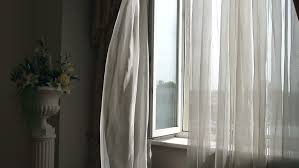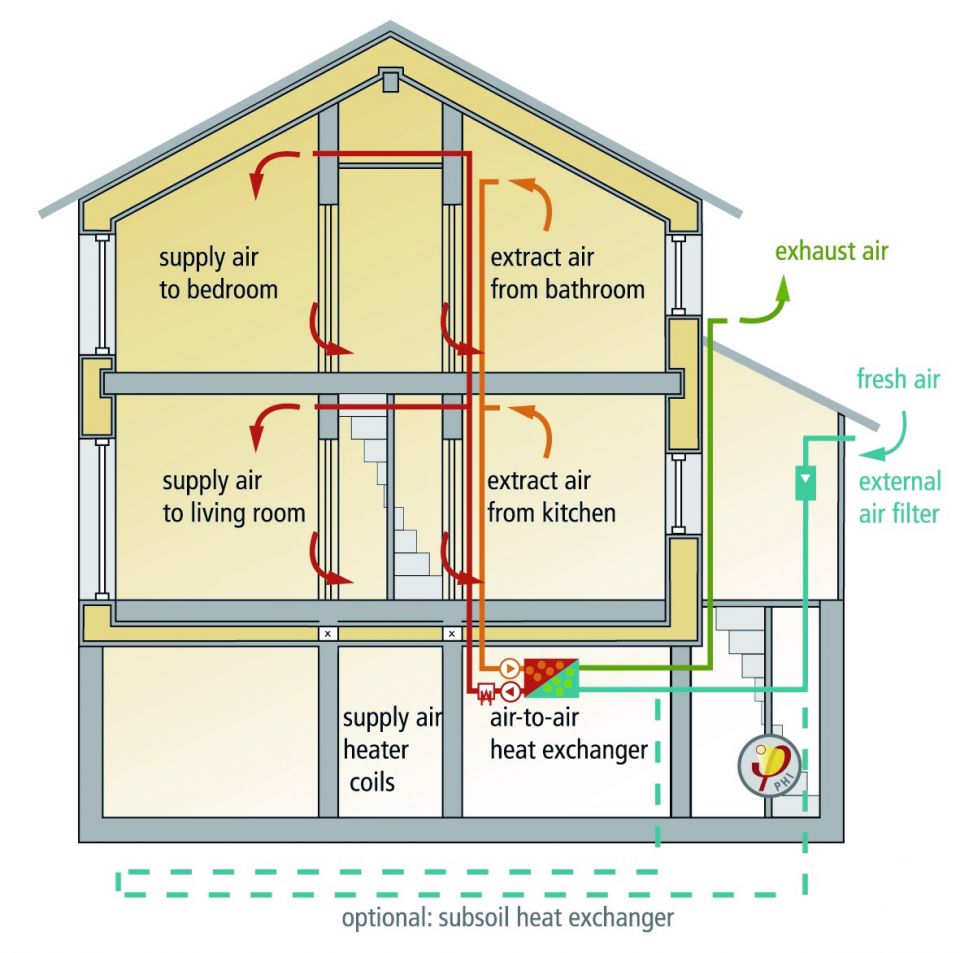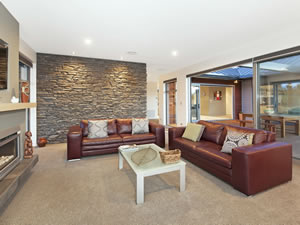This blog follows on from our previous blog on Ventilation and Indoor Air Quality. If you have not already read Part 1 we suggest you do so, but here is a bit of background for those who have already read it.
Background
Recent NZ based research asked if new houses in New Zealand that rely on natural forces for ventilation are healthy places to live?
Historically NZ houses have provided poor indoor living conditions – Has it improved? A survey of fifteen free-running houses (windows/draughts/natural forces used for ventilation) built after the year 2000 in the three climate zones of the New Zealand Building Code confirms the results of simulations, that ‘indoor air quality and thermal comfort are generally poor’.
In other words, the reliance on natural forces (free flow ventilation) for the provision of healthy homes in New Zealand climates is not enough. The research confirmed that ventilation was crucial for the quality of the indoor environment.
Source: Healthy and affordable housing in New Zealand: the role of ventilation,,Rosemeier, Kara, University of Auckland
“Without mechanical help the wind is the main driver for air exchange, but wind is not steady…… you don’t know where is what at any given time so whether opening a window will affect how many cubic metres of air exchange. Without constant pressure you don’t know what’s happening really.”
Source: Rosemeier, Kara,houseplanninghelp.com/hph096-is-natural-ventilation-fit-for-purpose-with-kara-rosemeier-from-passive-house-academy-new-zealand)
While there are various approaches that would improve indoor air quality, dilution is considered the best solution.
“When you bring in about 30m³ of fresh air per person every hour then you can be reasonably certain that your contaminants are diluted to a level where they are not harmful.”
Source: Rosemeier, Kara, http://www.houseplanninghelp.com/hph096-is-natural-ventilation-fit-for-purpose-with-kara-rosemeier-from-passive-house-academy-new-zealand.
Intrinsic Link to Energy Consumption
Whilst ventilation has a critical role in the provision of good indoor air quality, it is intrinsically linked to the energy consumption of houses. While a higher rate of fresh air supply will dilute airborne pollutants, without effective heat recovery, it will result in excessive energy needs for the provision of thermally comfortable indoor spaces..
An Efficient Heat Recovery System is Best
A viable ventilation strategy must ensure the comfort of building occupants and healthy indoor conditions, whilst minimising energy consumption. In many New Zealand homes, achieving a thermally comfortable indoor situation is likely to impact heavily on energy consumption, if the energy efficiency of house is not improved. Therefore, well designed houses, with sufficient insulation levels and no, or minimal, thermal breaks, must be considered to provide an environment conducive to reducing heat loss through the building envelope.
The research found that with well-designed forced ventilation systems, and an airtight building envelope, lower air change rates were sufficient to dilute indoor air contaminants to levels below concern. Plus, an efficient heat recovery ventilation system was found to be the most advantageous option. It was also found to be ‘economically viable under plausible assumptions for economic boundary conditions’.
Source: Healthy and affordable housing in New Zealand: the role of ventilation, Rosemeier, Kara, University of Auckland
The installing of a forced air system however does add to the cost of housing, and the quality and purpose of various types of ventilation systems varies. Full consideration of the cost versus benefit is required at the design stage, along with a well thought out house design, capable of minimising costs and maximising comfort.
Extracts from Some Interesting European Reports on Air Quality, and Good Arguments for Adequate Ventilation!
In 2000, the World Health Organization (WHO) identified a right to healthy indoor air, based on universal human rights and ethical principles (WHO, 2000b). Despite this, very few legally binding threshold values for indoor air pollutants in residential buildings exist internationally or nationally.
The WHO considered air temperatures below 16°C at relative humidities above 65% as increasing the risk of respiratory, cardiovascular and allergic diseases (WHO Regional Office for Europe, 1987). Their report highlights the existence of these conditions in several bedrooms in the areas (in Europe) under study.
To reduce dust mite populations it is recommended that the water vapour content in air is kept below 7 g/kg air for “some time” in winter (refer 3.2.2.3.2 and (European Collaborative Action Indoor Air Quality and its Impact on Man, 1992)). Their report suggested that spore sampling undertaken in those houses surveyed had the threshold exceeded for at least 50% of monitored week in either the bedroom or living room.
A further Blog will cover in detail the MHRV Ventilation Systems which continuously provide the fresh filtered air, warmed by the stale air being removed.
In the meantime, if you would like to find out more about about building for health, comfort and energy efficiency, grab our FREE guide here.






Join the discussion One Comment